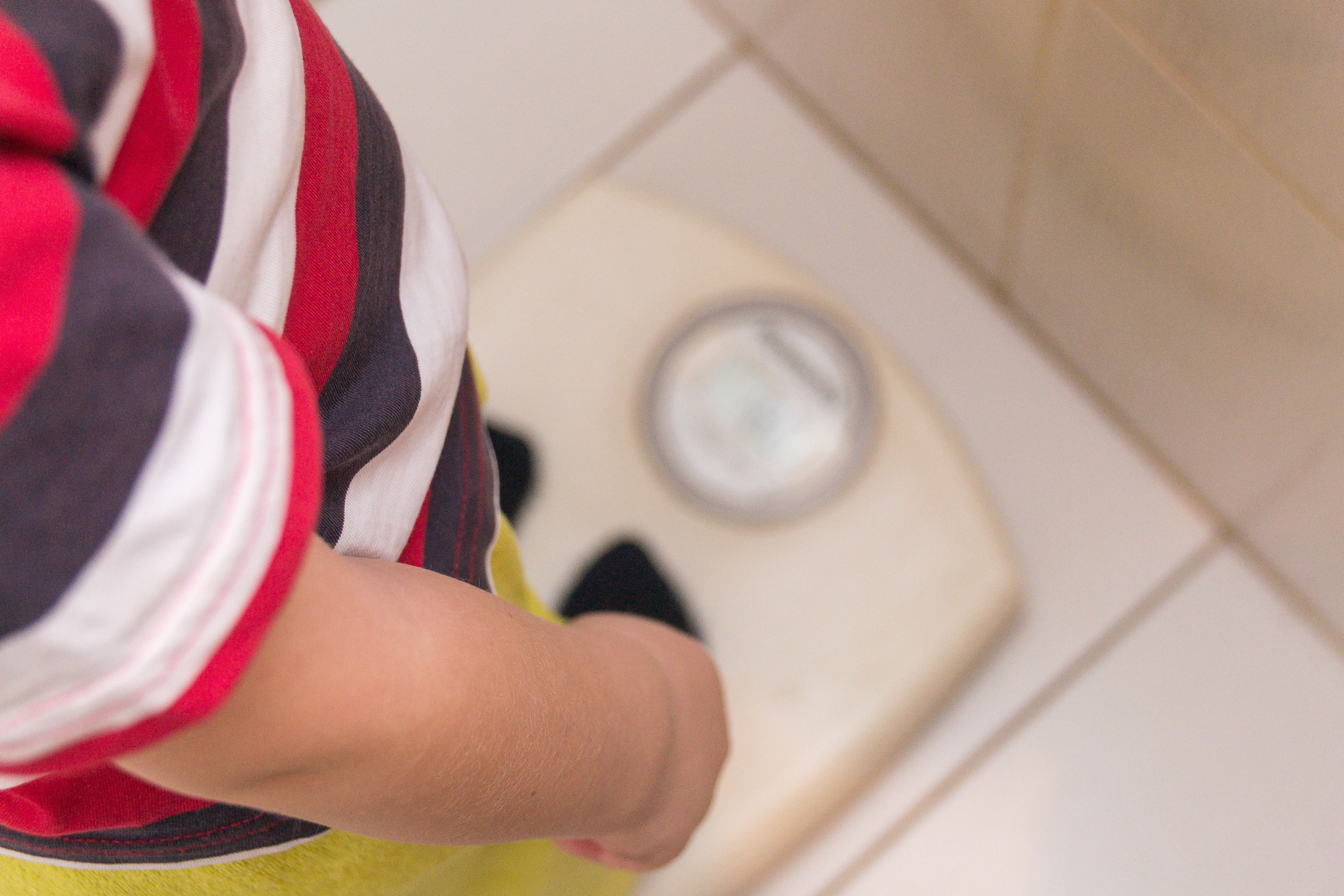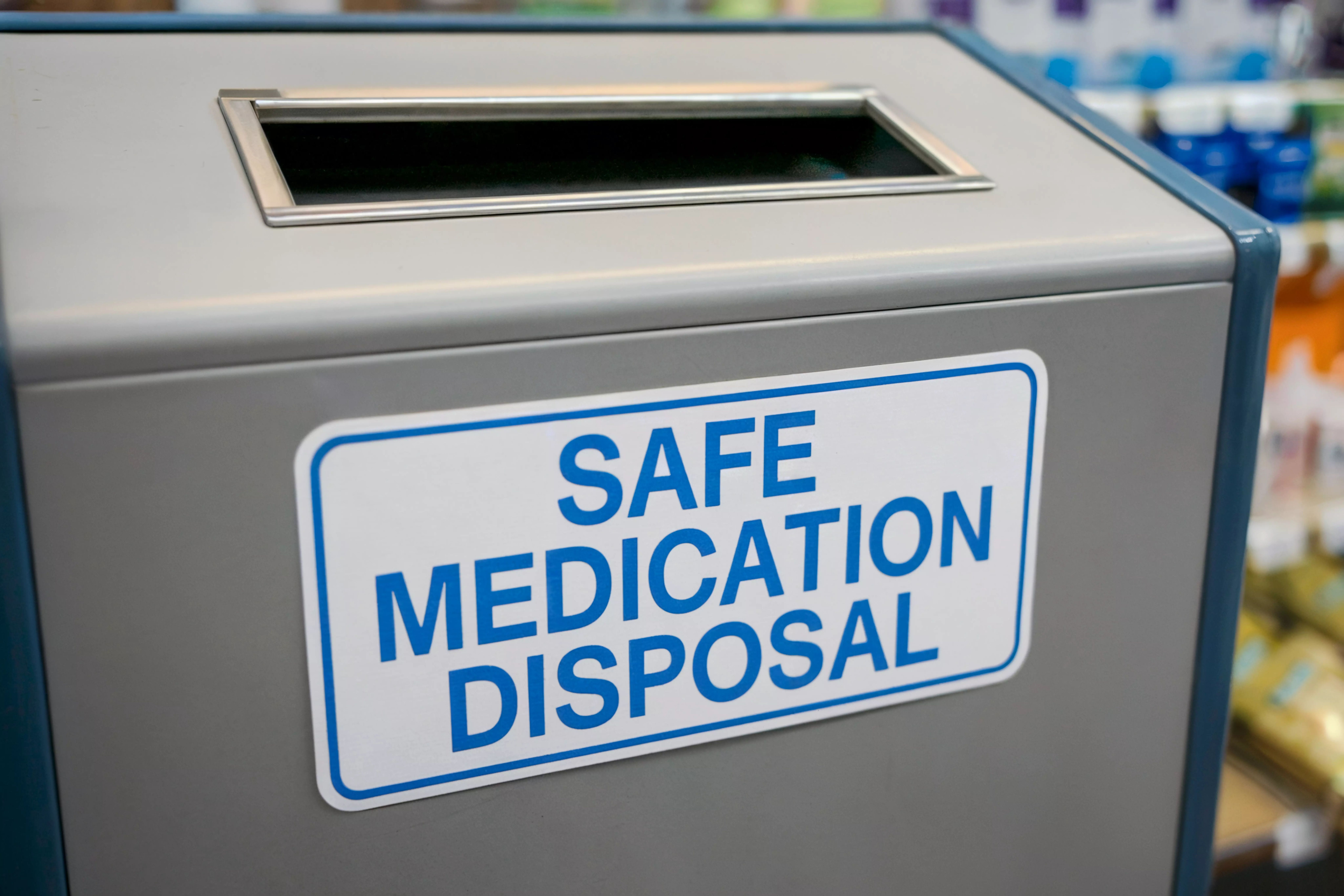News
Article
Measles Cases Climb to 800 in United States as Outbreak Spreads Across Borders
Author(s):
Key Takeaways
- The measles outbreak has reached 800 cases, with a 12% weekly increase, primarily affecting unvaccinated individuals and resulting in two pediatric deaths.
- The MMR vaccine is highly effective, yet misinformation and vaccine skepticism continue to hinder vaccination efforts.
Cases have been confirmed in Mexico and Canada.
As of April 18, 2025, the CDC has reported a total of 800 measles cases across the nation. Although the outbreak remains most concentrated in Texas, cases have now been confirmed in at least 24 states, as well as across the borders into Mexico and Canada. This represents a 12% increase from the prior week. The outbreak has led to 2 confirmed pediatric deaths and 1 case that is still under investigation. As efforts to curb the outbreak continue, the CDC reports that cases of measles are underreported.1-4
Mother holding baby's foot with measles spots | Image Credit: © rostock-studio - stock.adobe.com

“We do believe that there’s quite a large amount of cases that are not reported and underreported,” David Sugerman, MD, a senior scientist leading the CDC’s measles response, told NBC News. “In working very closely with our colleagues in Texas and in talking with families, they may mention prior cases that have recovered and never received testing or other families that may have cases and never sought treatment.”4
Measles is considered the most contagious virus on the planet, underscoring the critical need for continued prevention through vaccination. One infected person can pass the virus to 18 other people through exposure to nasal or throat secretions when an infected person coughs, sneezes, or breathes. These viral particles remain contagious in the air and on surfaces for up to 2 hours after they leave. Among unvaccinated individuals, 90% will contract measles from another infected person. In the current outbreak, 96% of the cases are among unvaccinated individuals.5,6
The measles, mumps, and rubella (MMR) vaccine is extremely effective at preventing contracting measles and led to its near eradication in 2000. With the first dose, the vaccine is 93% effective, and 97% with the second dose. These doses are typically administered at 12 to 15 months (first dose) and 4 to 6 years old (second dose). The most common adverse events (AEs) include pain where the vaccine is given, fever, a mild rash, and swollen glands in the cheeks or neck. Serious adverse events are extremely rare.7
Despite its proven safety and efficacy, the MMR vaccine continues to face resistance. Public health officials point to widespread misinformation and lingering mistrust fueled by a now-debunked 1998 study published in The Lancet that falsely linked the MMR vaccine to autism, although the study was later redacted. The damage to public perception has persisted since then and has since been made worse by vaccine skepticism during the COVID-19 pandemic.5,6
Efforts to increase vaccination rates are ongoing. In Texas and other high-burden areas, local health departments have launched mobile vaccination clinics, school-based immunization drives, and targeted outreach to at-risk populations. The CDC has also ramped up surveillance, expanded testing access, and provided guidance to clinicians on recognizing and reporting measles cases quickly.8
The outbreak is also prompting responses beyond the United States. Health officials in Canada and Mexico are working with the CDC to monitor cross-border transmission and align public messaging. Although no formal travel advisories have been issued yet, the WHO has expressed concern over the global implications of measles resurgence and is urging countries to reinforce routine immunization programs.9
REFERENCES
1. Measles cases and outbreaks. CDC. April 18, 2025. Accessed April 18, 2025. https://www.cdc.gov/measles/data-research/index.html
2. US measles cases rise to 12% in a week to reach 800 in 24 states. Bloomberg. April 18, 2025. Accessed April 18, 2025. https://www.bloomberg.com/news/articles/2025-04-18/us-measles-cases-rise-12-in-a-week-to-reach-800-in-24-states?embedded-checkout=true
3. Measles outbreaks in Canada and Mexico bring grim diagnosis. New York Times. April 17, 2025. Accessed April 18, 2025. https://www.nytimes.com/2025/04/17/health/measles-texas-mexico-canada.html
4. CDC says measles cases are most likely underreported as outbreak swells in Texas. NBC News. April 16, 2025. Accessed April 18, 2025. https://www.nbcnews.com/health/health-news/cdc-measles-cases-missed-texas-us-rfkjr-rcna201426
5. As the measles outbreak continues to spread, texas hospitals report cases of vitamin A toxicity. Pharmacy Times. April 1, 2025. Accessed April 18, 2025. https://www.pharmacytimes.com/view/as-the-measles-outbreak-continues-to-spread-texas-hospitals-report-cases-of-vitamin-a-toxicity
6. Measles outbreak in west Texas marks largest surge in 30 years. Pharmacy Times. February 27, 2025. Accessed April 18, 2025. https://www.pharmacytimes.com/view/measles-outbreak-in-west-texas-marks-largest-surge-in-30-years
7. Measles vaccination. CDC. January 17, 2025. Accessed April 18, 2025. https://www.cdc.gov/measles/vaccines/index.html?CDC_AA_refVal=https%3A%2F%2Fwww.cdc.gov%2Fvaccines%2Fvpd%2Fmmr%2Fpublic%2Findex.html
8. CDC statement on measles outbreak. CDC. February 27, 2025. Accessed April 18, 2025. https://www.cdc.gov/media/releases/2025/2025-cdc-statement-on-measles-outbreak.html
9. Measles - United States of America. WHO. March 27, 2025. Accessed April 18, 2025. https://www.who.int/emergencies/disease-outbreak-news/item/2025-DON561?utm_source=chatgpt.com
Newsletter
Stay informed on drug updates, treatment guidelines, and pharmacy practice trends—subscribe to Pharmacy Times for weekly clinical insights.






